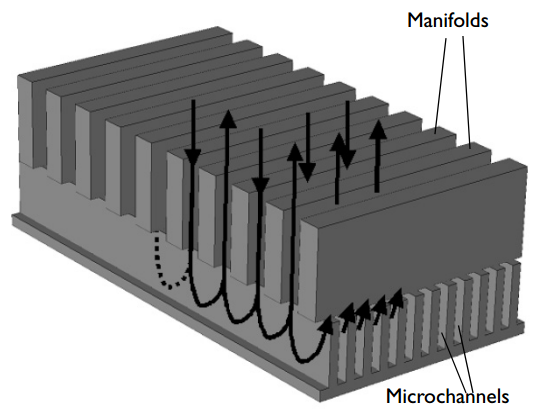
THE PROCESSOR
The function of the processor
The processor is a chip that controls all the
computer instructions by interpreting them as
a binary code.
The control circuitry pulls data in via the various ports, directs it along data buses,stores it in the memories and performs the calculations
Its roles
Performing
calculations: the calculations are made by components in the cpu using binary code.
Data
manipulation: The cpu can receive data from input devices, store the instructions and send data back to output devices
Decision
making
Performance features
Clock
speed: Is the speed at which the microprocessor executes instructions
Cores:It is the processing unit. For example, having two cores, multiply the processing power of the cpu by two.
Cache Is a small and fast memory, situated close to the cpu to accelerate the processor performance by storing copies of the most frequently used datas
Makes
Intel and AMD are the most famous and the best cpu brands, that have a lot of options and support, as a big community too.
ARM Is the builder of smartphone processors
Overclocking
Overclocking or Underclocking are processes that an owner can do to improve the computer functions.
Overclocking increase the voltage, hence having more processing power, instead, Underclocking reduce the voltage, therefore having more battery time.
Heat sinks – purpose, water cooled, air cooled
As the processor is running a lot of instructions, it tends to heat up, therefore computers have different ways to dissipate the heat. A regular pc use a metal heat sink for this purpose alongside with fans.Another type of heat sink use sealed tubes with water to dissipate the heat from the processor, it uses the same principle as a car radiator. The water cooled system alows the computers to be thinner.

Comments
Post a Comment